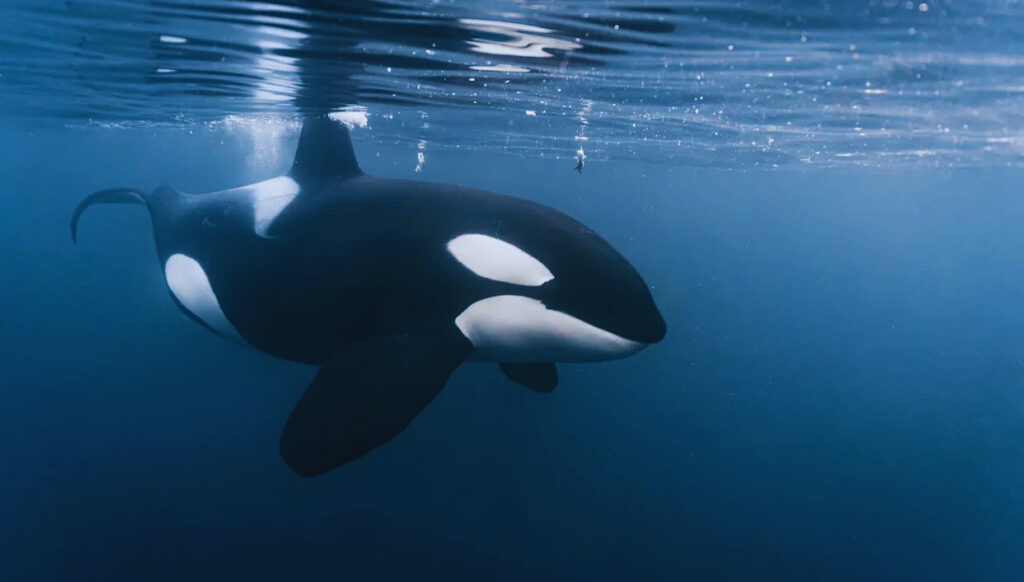
A disturbing discovery in the Arctic is raising alarms among scientists worldwide. Researchers have identified five previously undocumented forever chemicals in the blubber of killer whales. The findings suggest PFAS (per- and polyfluoroalkyl substances) may be impacting marine life far more than once believed.
What Researchers Found
The study came from Stockholm University and the Swedish Museum of Natural History. Using advanced mass spectrometry, they analyzed whale tissue samples collected in Greenland and Sweden. For decades, scientists studied PFAS mainly in blood and liver samples because the compounds bind to proteins. But this new research revealed something different: several compounds that are neutral in charge and fat-loving. These chemicals accumulate in blubber instead of blood or liver tissue.
In some whales, the new compounds made up as much as 75% of all fluorine-based substances in blubber. Because blubber can represent half a marine mammal’s body mass, earlier studies may have greatly underestimated PFAS exposure in marine ecosystems.

Why It Matters
PFAS are known as forever chemicals because of their strong carbon-fluorine bonds, which make them extremely resistant to breaking down. They are widely used in everyday items such as non-stick cookware, waterproof fabrics, and food packaging, but once released into the environment, they contaminate soil, water, and air.
In humans, PFAS exposure has been linked to cancer, hormonal disruption, and even genetic damage that could persist across generations. In wildlife, these chemicals accumulate through the food chain, leaving top predators like killer whales at especially high risk of long-term health effects.
The Bigger Picture
Environmental groups and policymakers are increasingly pushing for action against PFAS. In 2025, at least 36 U.S. states introduced legislation to regulate or restrict these chemicals in consumer products. Advocacy organizations like Toxic Free Future are campaigning for a full ban on PFAS use, highlighting the urgent need to protect both ecosystems and human health.

Researchers behind the killer whale study are now urging deeper investigations into fat-soluble PFAS. Without understanding their behavior and health impacts, scientists fear we may continue to underestimate the full danger these chemicals pose.
Final Thoughts
The discovery of new forever chemicals in killer whale blubber underscores how little we may truly know about PFAS contamination. As these toxic substances persist in the environment for centuries, scientists and lawmakers alike warn that immediate action is crucial to prevent further harm to wildlife and people.















